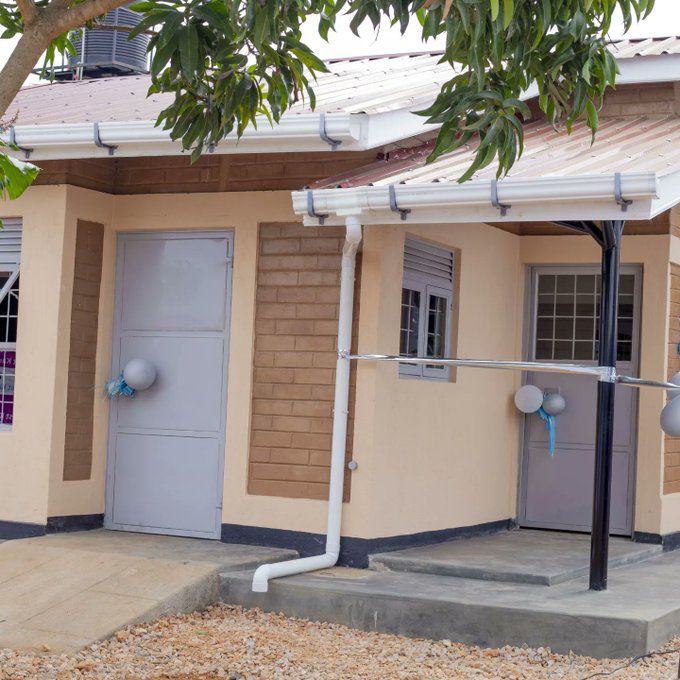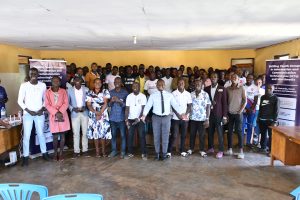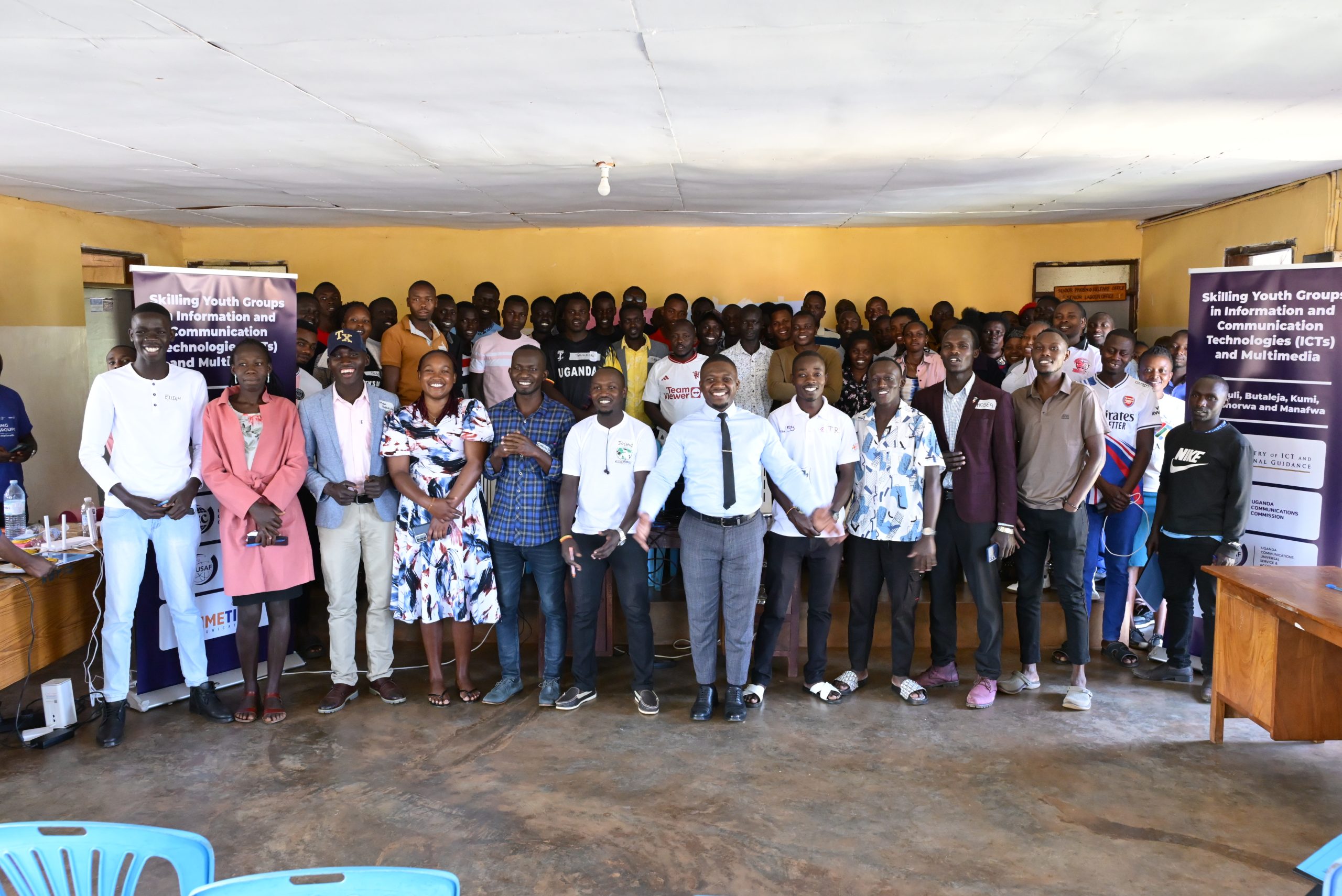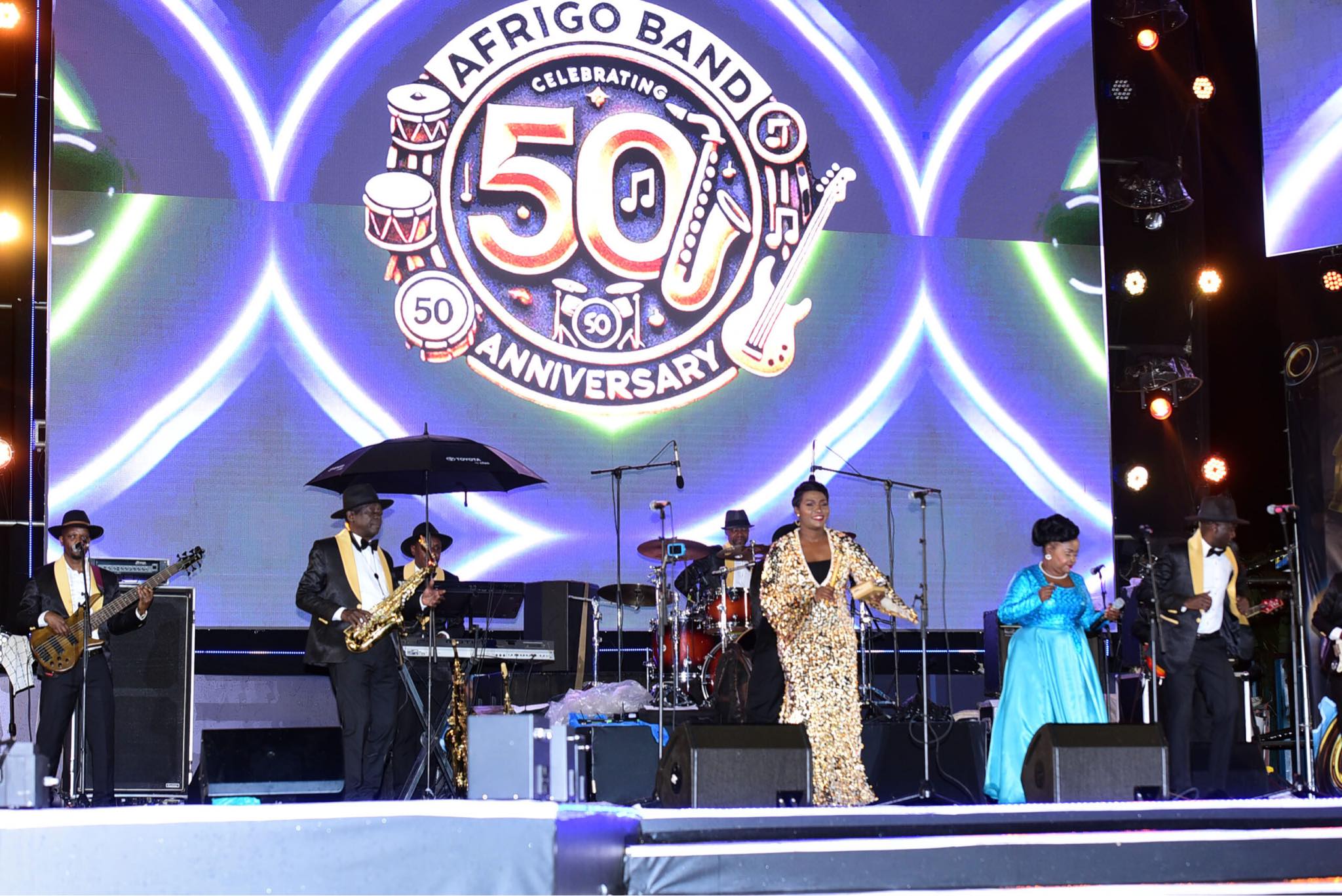By Joachim Buwembo
…possibly, the only person Ugandans despise more than a pedophile is a male aged above forty who doesn’t own his shelter…
Fellow Ugandans!
Let me share my ongoing painful experience that started with a lot of hope six years ago when I decided to organize 30 residents mostly in Kampala’s Nakawa Division to build a modern housing estate on cooperative basis.
In 2017 after 25 years of practicing journalism in different countries and capacities, I believed I was done with formal employment and when I saw an opportunity to serve humanity while enjoying it at the same time, I went for it. As a consultant helping to develop content for the youthful Urban TV then, I had commissioned and directed a series on the fate of the cooperative movement in Uganda. It wasn’t very exciting for the young Urban audience but it was so deep and insightful that the parent company’s newspaper, The New Vision, adopted it for print and it caught the attention of some interested stakeholders.
One morning, a beautiful young lady of small build turned up at the New Vision reception asking for me. She looked really young and I mentally started dismissing her thinking she wanted an opportunity to appear on TV as a presenter of some social programme (there are always so many of those). But Miss Petite turned out to be the general manager of the only cooperative union our series hadn’t touched and the reason was simple: Just like its GM, the Uganda Housing Cooperative Union was too young to have existed during the period under review of our series when the cooperative unions (umbrellas of primary cooperative societies) were mostly about agriculture.
For the next two hours, I set aside my schedule and listened attentively as Fiona – that is her name – introduced me to the concept of housing development on cooperative basis. By the time I saw her off, I had already decided what I was going to do besides supporting the union with publicity: organize people to build quality houses affordably.
I already had a relatively nice house myself and was trying to figure out how to protect or dispose of another one I had built for my then freshly deceased mum, but I knew of so many people working at steady jobs who did not own their homes.
Fiona had promised to take me on a tour of an estate (she soon did) built by a cooperative of poor urban women who were living with a lifelong health condition, of course under guidance of her union.
I decided there and then to organize people and help them build a modern estate on cooperative basis. Apparently I was a Rotarian at heart five years before joining Rotary. I needed to help people, because all Ugandan cultures equate maturity to ownership of one’s shelter. The natives of Kyadondo say akezimbira tekaba kato (one who builds for himself is not young) and possibly, the only person Ugandans despise more than a pedophile is a male aged above 40 who doesn’t own his shelter.
The preparation took about three months. First Fiona’s team came and started training the people I mobilized who included some civil servants, ‘corporates’ business people of medium to small scale. At the end, everyone knew fundamental and principles of cooperatives, and the basic laws governing them in Uganda.
We ended up with about 50 willing members. To register, we needed at least 30 members with national IDs and these readily signed up. We agreed to pay annual subscription of Shs20,000 each for administration and a monthly Shs200,000 per member for the actual project. Members seemed excited especially when working out different scenarios with numbers, it was clear that building a smart, modern house would cost much less when done with economies of scale in a group that would be buying materials from the factory, shared utilities and facilities like sewerage, recreation areas and roads, while the union was providing technical assistance with architecture, civil engineering supervision and accounts.
One year later, the group had raised enough cash to buy four acres complete with a title, some 30km from the city on one of the highways. But for years after, it is still just that – a piece of land. What happened? Or what did not happen?
The first sign of trouble sounded like a joke: “But when will ‘they’ come and help us?” someone asked at a meeting. “They” must have meant either government or some donor organization.
In meetings, some members started mentioning government programmes like operation wealth creation, which the group should try and benefit from. Then contributions started dwindling and by the time the land was bought, only half of the original 30 were upto date. This meant that after 12 months, some people had contributed the expected Shs2.4m each while others hadn’t.
By the end of the third year, only eight members were up to date with a contribution of Shs7.2m. The Executive decided to stop coxing people to pay up and urged everybody to first build their contributions to Shs7.2m, so that they can participate in the next level. Ideas being mooted include diving the membership into clusters of every five that attain the Shs7.2m per person to develop their mini estate within the estate.
Challenges now faced include the law – which requires a minimum of 30 to remain and enjoy the privileges of a cooperative society; members wanting out that “the coop isn’t working for me” (as of they are working for it); the likelihood that the clusters of 5 mini estates will not enjoy the economies of scale that the whole 30 would have; silence by dormant members who are not saying what they want or don’t want. By the way, you can’t terminate dormant members whose IDs you used for registration as the society will cease being legal, and recruiting new ones is tough given the inactivity.
So dear Ugandans, I bring my dilemma to you. As initiator of that housing coop, I avoided being on the executive, but I am still its conceptual leader of sorts so ideas I get from you will be taken seriously by the cooperators. But I also believe we can’t just help the poorest of the poor, but to uplift even those who are somewhere, like the members of my coop. Who knows, if the coop recovers, we use the model to help societies help themselves develop decent housing all over the country. Didn’t somebody say “Give me a fish and feed me for day; teach me how to fish and I feed myself for a lifetime”?
I have heard that there is the second annual Uganda Housing Symposium due Thursday 5 October 2023 at the Mestil Hotel in Nsambya organised by Habitat for Humanity in collaboration with the Ministry of Lands, Housing and Urban Development among other partners. I hope that it will provide with me some of these answers. But before that, you can drop me your ideas.











